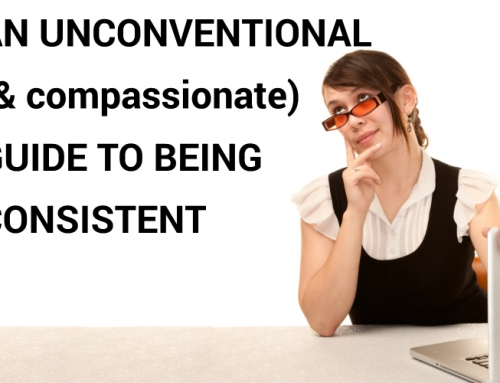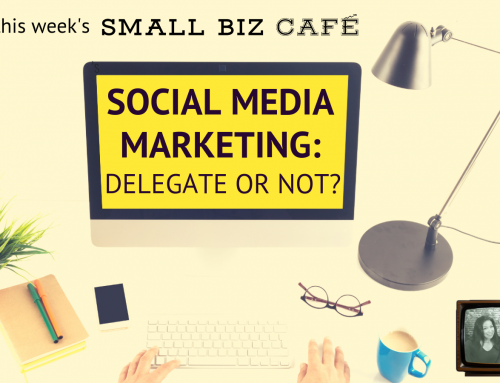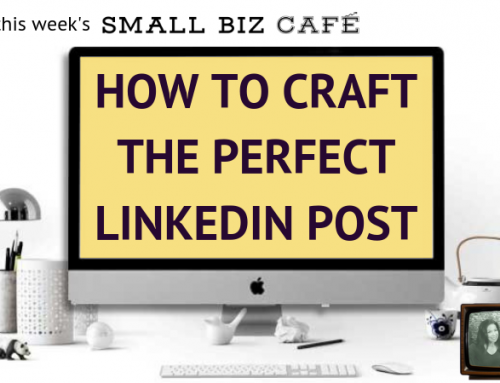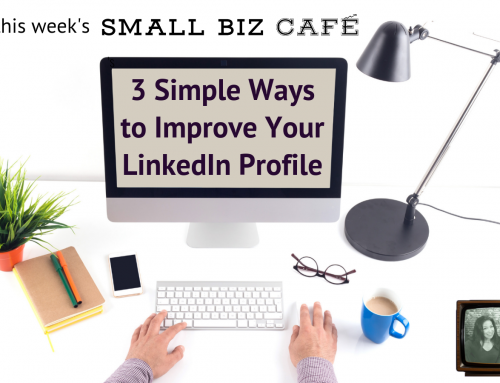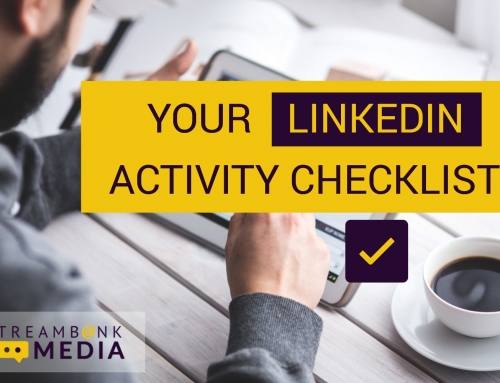
Social media is a great way for healthcare professionals to engage with patients, gain credibility, and increase visibility among their specific target audience. But when establishing an online presence, providers must understand the risks along with the benefits. If you can get the balance right, there are plenty of rewards in the form of greater expert status, happier patients, and increased referrals. Let’s take a look at what works.
Which platform is best?
If you’re looking to drum up more business, Facebook provides an effective platform for targeted promotions. People spend A LOT of time on the network, which means there is ample opportunity to get your name in front of them with an ad. Facebook ads allow you to specifically tailor your target audience by age, location, gender and interests, which cuts right to the chase of who is viewing your advertisement.
LinkedIn is a great channel to create a strong presence in the professional medical community while networking with other healthcare professionals and staying current on trends. The network is a powerful way to create an influential platform for yourself among peers in your industry. There are vast opportunities to elevate your name and business by strategically networking through LinkedIn.
Twitter has a way of bringing the world together in fewer than 140 characters by increasing a brand’s visibility to broader audiences. The platform opens up a way to extend reach by seamlessly directing users to your website via Tweets. It also links you with an army of followers who are engaged and seeking authentic connection.
The American Academy of Facial Plastic and Reconstructive Surgery says there’s been a 33% bump in procedures driven by self-awareness from social media and the incarnation of the selfie. Since Instagram focuses solely on images, the massively popular photo-sharing app is perfect for those healthcare professionals in a visual specialty, such as plastic surgery. The app boasts the best platform for sharing before and after photos, and inspirational #goals posts.
If you do not have a strong social media foundation, then you are missing opportunities to attract new patients, enhance trust with your existing patients, and grow your practice. Building a strong social media presence is easy and affordable! See how Ghost Tweeting can help.
Post relevant, on-brand, helpful content
Keep content specialty-appropriate and relate to your target audience by posting relevant information by trusted sources. If you’re a pediatrician, post parenting tips. If you specialize in plastic surgery, you can talk about the dangers of the Kylie Jenner lip challenge or other culturally relevant and buzz-worthy content. The idea is to consistently promote quality medical information in a social media world where those lines can get blurred by misinformation.
The American Academy of Family Physicians, National Institutes of Health and the Centers for Disease Control and other recognized medical organizations have online presences. Follow these accounts and share their research, updates and clinical studies for your specialty.
Use disclaimers
Be aware of the requirements for posting medical information on social media. When you post health information, use a disclaimer suggesting that patients consult with their physicians first. There are state laws as well as the Health Insurance Portability and Accountability Act (HIPAA) that are in place to protect the sharing of patient’s medical information. Because of this, don’t dispense medical advice or discuss patients’ illnesses, and do not use social media to share health information that could be linked back to a patient.
By following these tips, medical professionals can create deeper relationships with patients, share timely articles on healthcare topics, and educate the public on themes they are passionate about. If you need a push building your online presence or increasing your visibility, our team will customize a social media program to grow your practice exponentially. Contact us for a phone consultation.

